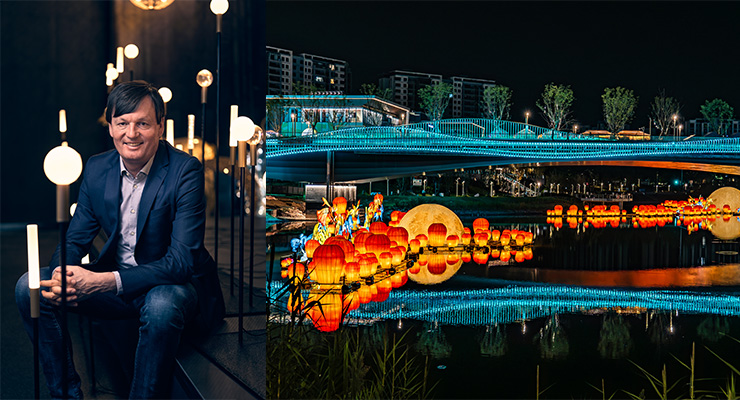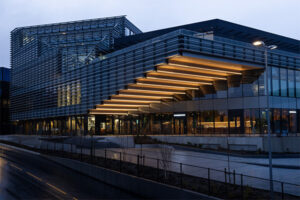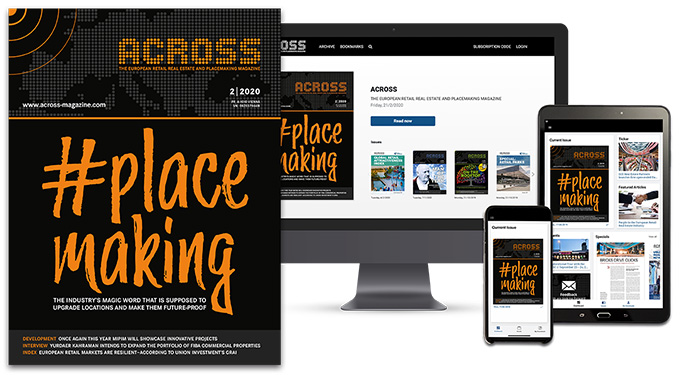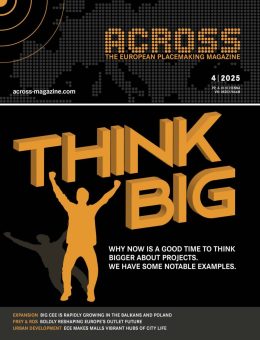In a time marked by social division, rising tensions, and economic uncertainty, one factor is becoming increasingly crucial: the sense of safety in public space. Today, shopping centers and urban retail real estate are assuming greater social responsibility. They are no longer just commercial spaces but modern marketplaces – places of encounter, community, and emotional orientation, much like the ancient Greek agora. Success is no longer measured solely in square meters or footfall but in how places make people feel – safe, seen, and inspired.
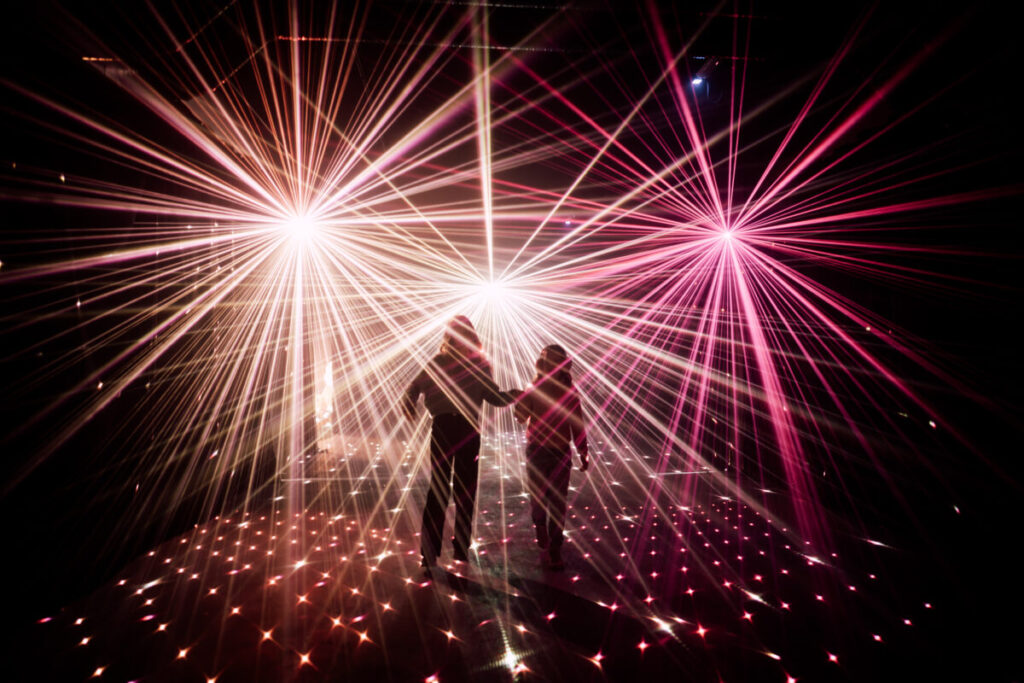
Public space often goes unnoticed – until it becomes uncomfortable. As the IMAGINE PEACE project by Eurac Research confirms, the emotional perception of safety in urban environments is closely linked to lighting, design, and meaningful activation. Thoughtfully curated spaces with light installations and storytelling foster a sense of inclusion, extend dwell time, and encourage positive social interaction. These are not superficial effects – they are foundational to social trust and sustainable economic value.
Optimism also plays a vital role. Psychologist Martin Seligman notes that optimism strengthens not only individual wellbeing but also acts as a key driver of economic resilience. Nobel laureate Daniel Kahneman similarly highlights how confidence and positive expectations shape consumer decision making. In challenging times, people seek emotional uplift – spaces that offer not just products but a sense of hope and human connection.
EXPERIENCE BEATS SPACE: A STRATEGIC REPOSITIONING
Retail real estate is undergoing one of the most profound transformations in its history. Traditional metrics of success – occupancy rates, footfall, and square meters – are being redefined. Today, it is no longer enough to manage space efficiently. Future viability depends on creating emotional connections, staging meaningful experiences, and turning places into destinations.
This shift from “space to experience” reflects deeper societal changes. Shopping behavior is no longer driven solely by function but by feeling. People are not just looking for products – they are looking for places that make them feel welcome, inspired, and connected.
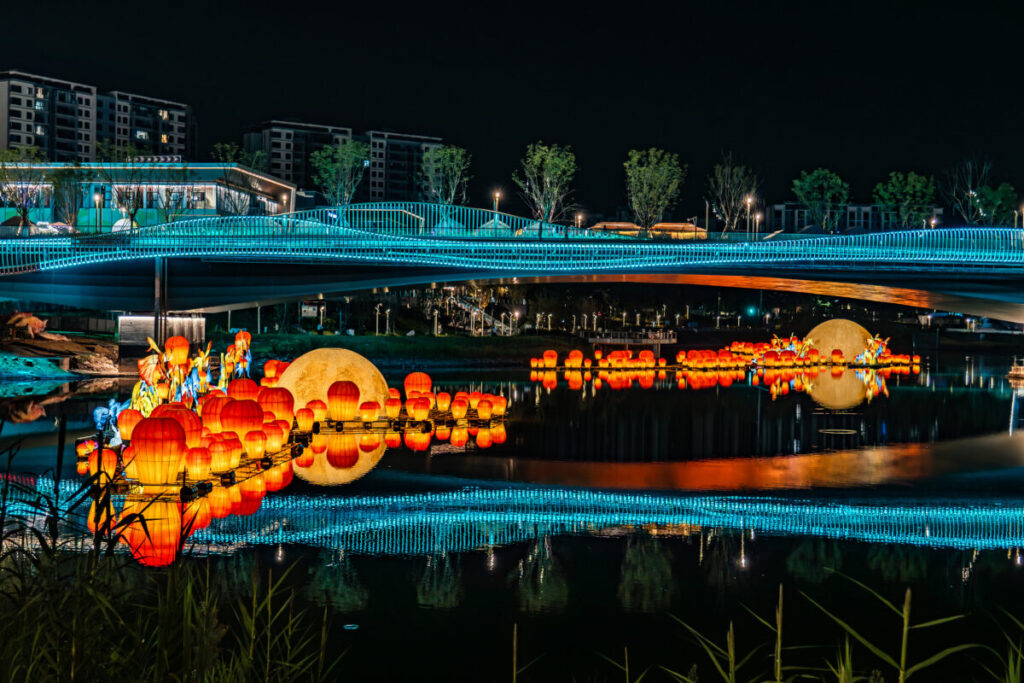
FROM TRANSACTION TO TRANSFORMATION
Historically, marketplaces served multiple purposes. They were not only centers of commerce but also hubs of civic and cultural life. Today’s retail environments must reclaim this multifaceted role – especially at a time when digital commerce is growing and the physical store must prove its relevance beyond mere convenience.
Properties that focus on emotional staging, immersive atmosphere, and compelling storytelling consistently outperform those that do not. These environments generate real dwell time, encourage return visits, and contribute significantly to tenant retention and success. This is not a “soft” factor – it’s a strategic repositioning. Properties that build emotional capital also build economic resilience.
TENANT SUCCESS IS ASSET SUCCESS
There is a direct correlation between tenant performance and the vibrancy of the surrounding environment. The principle “When the tenant thrives, the asset flies” is more than a slogan – it’s a formula for future-proofing retail spaces.
That’s why the industry must move from transactional landlord-tenant relationships toward strategic partnerships. Collaborative planning, shared experiential goals, and cohesive design concepts create environments in which brands can flourish – and with them, the long-term value of the asset.
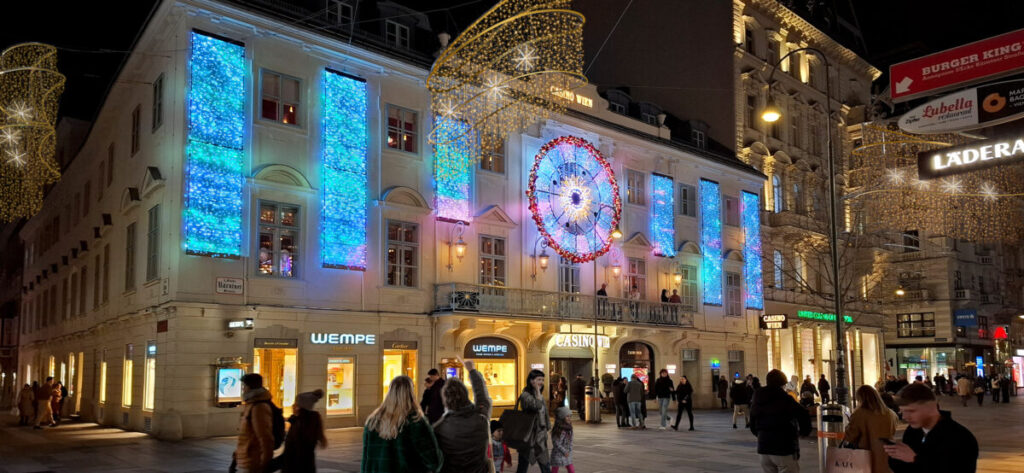
CREATING EMOTIONAL WORLDS THROUGH LIGHT AND STORYTELLING
One of the most effective ways to foster emotional engagement is through lighting and storytelling. When used intentionally, light becomes more than a visual enhancement – it becomes emotional infrastructure. It offers orientation, creates atmosphere, and builds a sense of identity and safety.
This is especially important in public and semi-public areas. Festive lighting, ambient scenes, and curated storytelling elements significantly increase both dwell time and emotional connection. The effects are measurable: A recent study at Walther Park in Innsbruck, conducted by the University of Innsbruck, Austria, found that 30% of visitors felt unsafe in poorly lit areas, while 14% reported a significant increase in perceived safety due to targeted lighting installations. These are not marginal effects – they directly influence how space is used and perceived.
The IMAGINE PEACE study echoes these insights: Strategically illuminated spaces are perceived as safer, more welcoming, and more emotionally accessible. In this way, light transforms sterile transit zones into meaningful gathering places. Retail becomes not just a site of transaction, but a place of community and belonging.
LIGHTING DESIGN AS A SOCIAL FUNCTION
Beyond aesthetic appeal, lighting fulfills a broader societal role. In times of uncertainty and fragmentation, well-designed retail spaces can serve as emotional anchors. They offer belonging, stability, and – critically – optimism.
Psychologist and author Deborah Serani describes the emotional power of light as a “neurological shift that triggers feelings of happiness.” Especially during the darker months of the year, atmospheric and festive lighting contributes to emotional well-being and strengthens consumer confidence. Light is not mere decoration – it is an investment in social and psychological value.

OPTIMISM AS AN ECONOMIC DRIVER
These emotional factors translate directly into economic behavior. Research in behavioral economics confirms that optimistic environ- ments increase both consumer spending and confidence in decision making. People are more likely to engage, to trust, and to return when they feel good in a space.
From an asset management perspective, investment in emotional design is not a cost – it is a value creation strategy. Properties that offer identity, inspiration, and emotional warmth create long-term differentiation in an increasingly competitive market.
THE WAY FORWARD: MEANING, NOT METERS
The retail property of the future will not be defined by its size, but by its significance. Through carefully curated experiences, innovative staging, and immersive lighting, we can design environments that speak to people – across cultures, generations, and customer segments.
At MK Illumination, we see ourselves as partners in this evolution. Our mission is to translate strategic objectives into emotional impact – helping retail spaces become places of wonder, belonging, and renewed relevance.
Because in the end, one truth holds across all formats and markets: If a place touches the heart, people return – and tenants succeed.
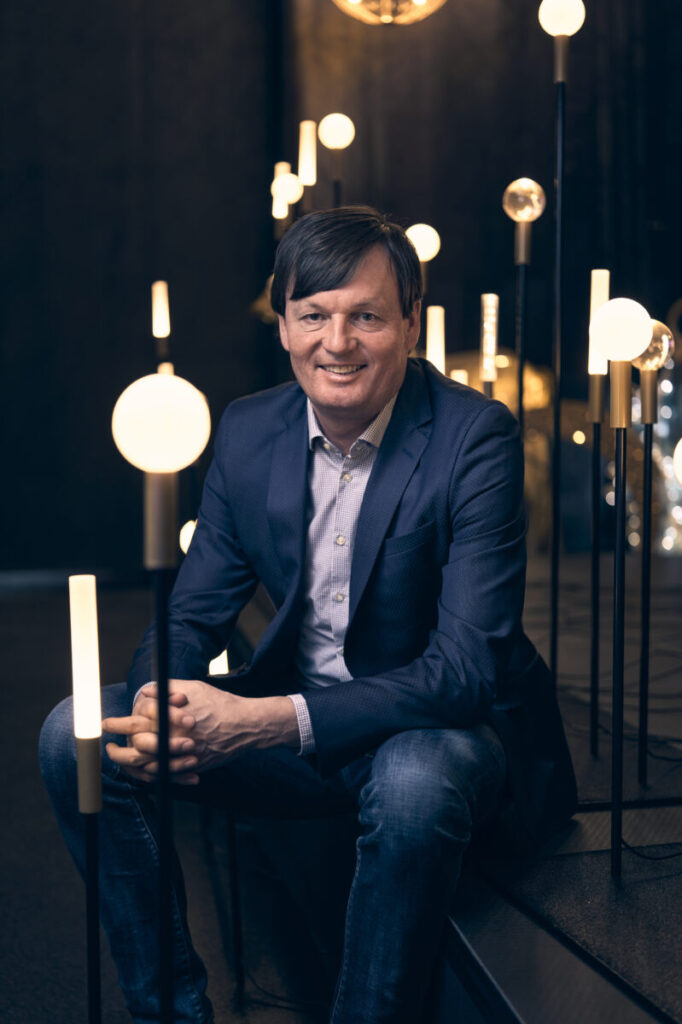
Thomas Mark
President of MK Illumination Group
Credit for all images: MK Illumination
